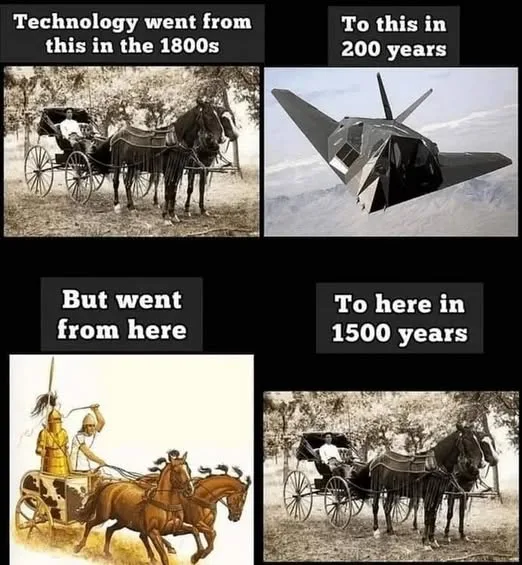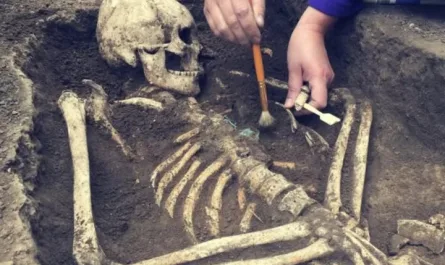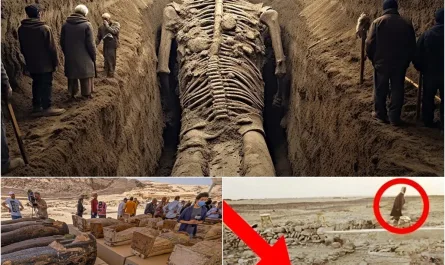When you look at human history, one thing stands out: technological progress is anything but steady.

A popular meme captures this perfectly:
-
In the 1800s, we traveled in horse-drawn carriages.
-
Just 200 years later, we were flying stealth fighter jets.
-
But if you rewind further, we went from ancient chariots to nearly the same kind of horse-drawn carriages over a span of 1,500 years.
Why did technology crawl for centuries, only to explode into rapid change in the modern era?
The Long Stall: From Chariots to Carriages
Ancient civilizations like Egypt, Rome, and China developed chariots over 3,000 years ago. These were marvels of their time — lightweight, fast, and strategically crucial for warfare. But for everyday travel, they were not much more advanced than a wagon pulled by horses.
By the Middle Ages, the basic concept of land transport hadn’t shifted much. Roads improved in some places, and harness designs became more efficient, but the speed and capacity of land vehicles were essentially the same as in antiquity.
For over a millennium, a wealthy traveler in 1500 CE would not be moving much faster than a Roman aristocrat in 100 BCE. This wasn’t due to a lack of intelligence or ingenuity — humanity was busy building cathedrals, mapping the stars, and creating empires — but transportation technology plateaued.
Why Was Progress So Slow?
Several factors explain the stagnation:
-
Energy Limitations
Until the 18th century, almost all transport relied on muscle power — human or animal. Without engines or electricity, there was no breakthrough in speed. -
Knowledge Was Fragmented
The fall of the Roman Empire in Europe led to the loss of centralized infrastructure and many engineering skills. Some knowledge was preserved in the Islamic Golden Age and in China, but global exchange was slow and sporadic. -
Economic Priorities
Societies invested more in agriculture, defense, and monumental architecture than in reinventing transportation. Armies needed roads, but the technology to power faster land vehicles simply didn’t exist. -
Risk and Tradition
Innovation often disrupts existing systems. Before industrialization, societies valued stability, and radical new technologies could be seen as risky or unnecessary.
The Great Leap: From Carriages to Jets in 200 Years
Everything changed in the late 1700s with the Industrial Revolution. Steam engines, and later internal combustion engines, replaced muscle power. This unleashed a chain reaction:
-
Steam locomotives connected cities in hours instead of days.
-
Automobiles freed individuals from relying on horse travel.
-
Aircraft turned continents into neighbors.
-
Jets and later stealth technology transformed travel and warfare.
The pace of progress accelerated because new inventions built upon each other. Better science led to better machines, which created better tools, which improved science again — a self-reinforcing cycle.
What This Meme Really Shows
This meme isn’t just about transport — it’s a reminder that human progress isn’t linear.
-
For most of history, we lived in a slow-changing world.
-
Then, knowledge, science, and technology interconnected in a way that created exponential growth.
Today, the leap from carriages to jets in 200 years could be mirrored by an even bigger leap in the next century — from jets to spacecraft capable of interstellar travel.
Final Thought
The 1,500-year “stall” wasn’t wasted time — it was the foundation. The roads, metallurgy, mathematics, and craftsmanship developed across centuries were essential for the sudden explosion of technology after the 1800s. Without those centuries of gradual improvement, the jet engine might never have left the drawing board.
And if history is any guide, the next 200 years could make the leap from 1800 to today look small by comparison.





